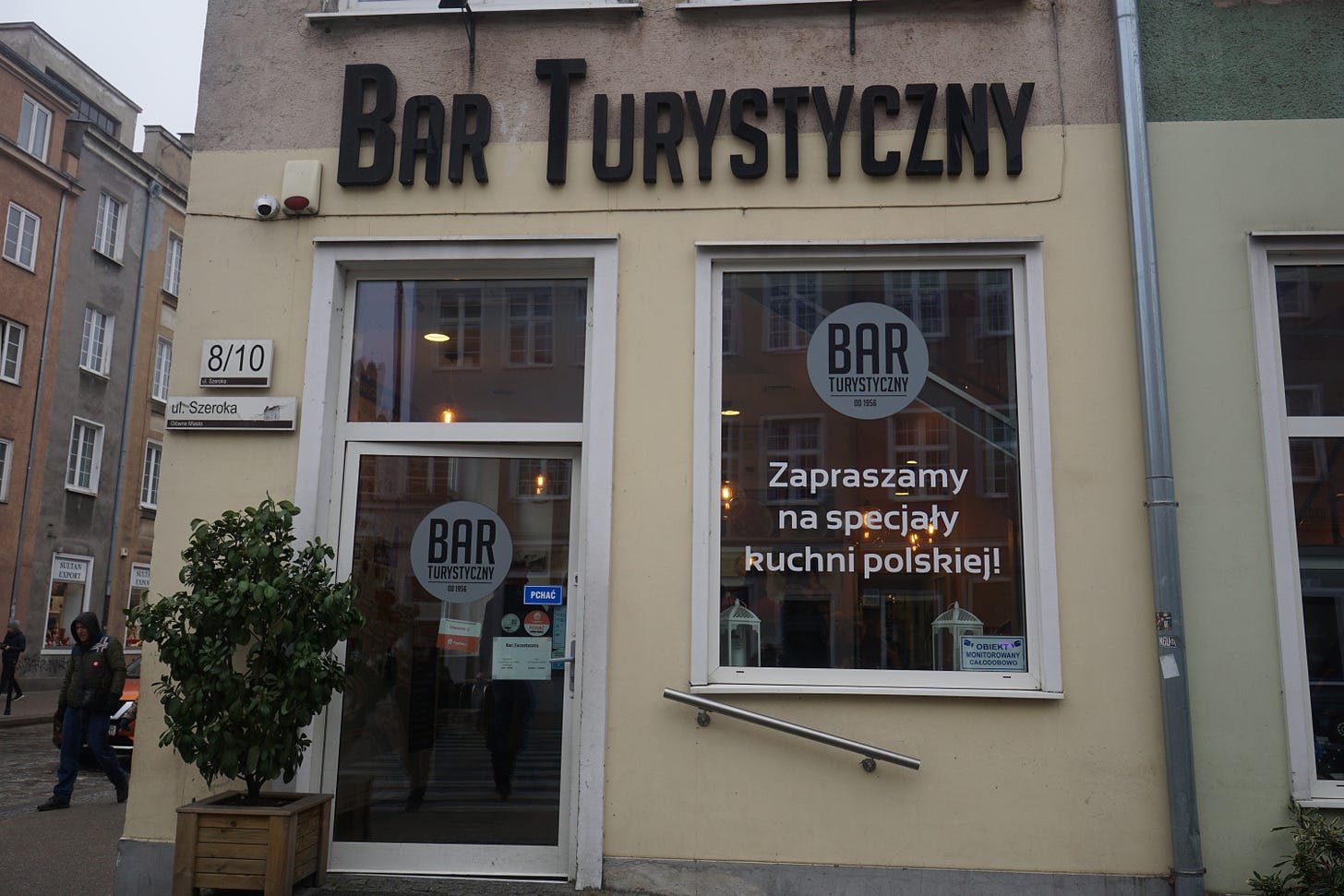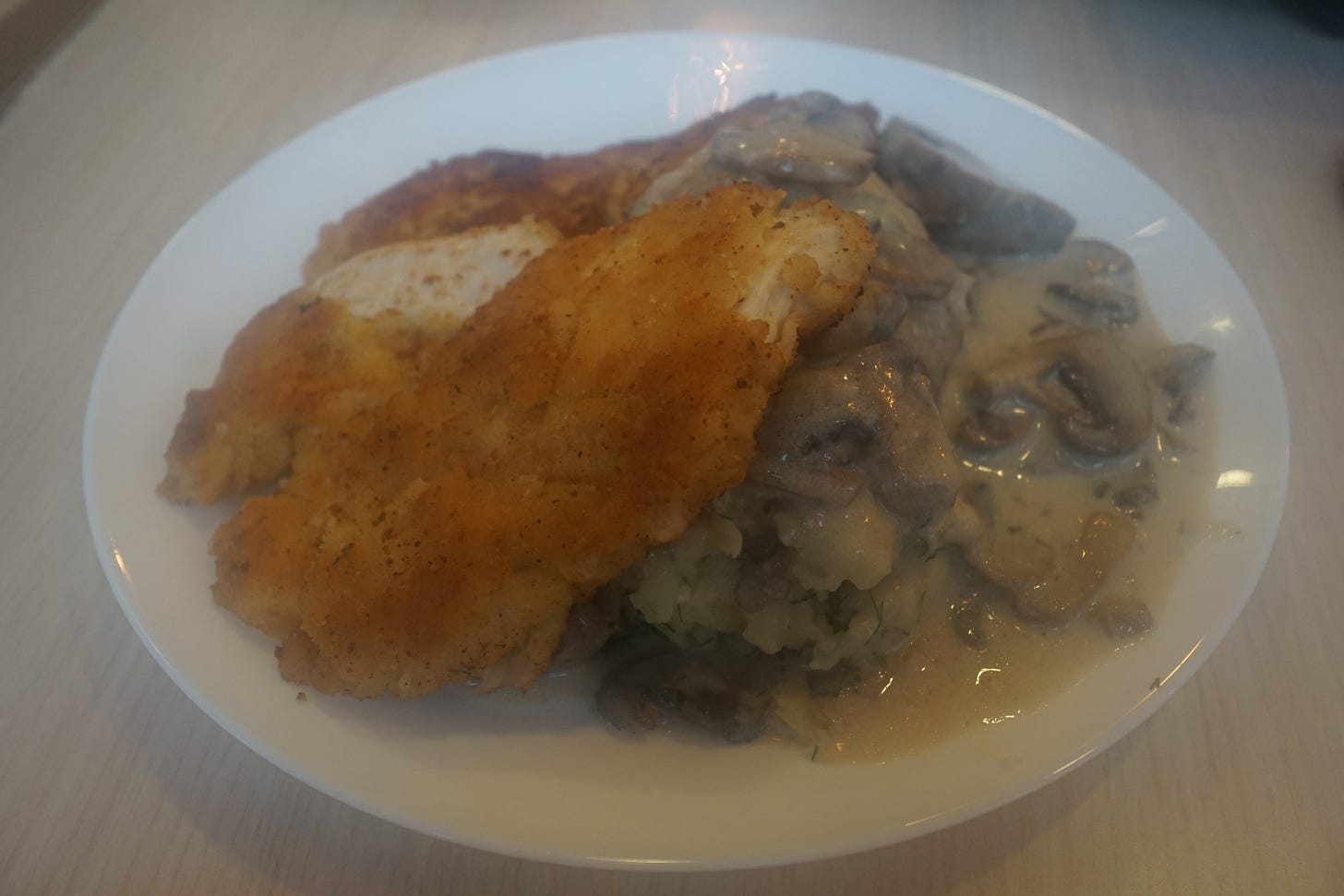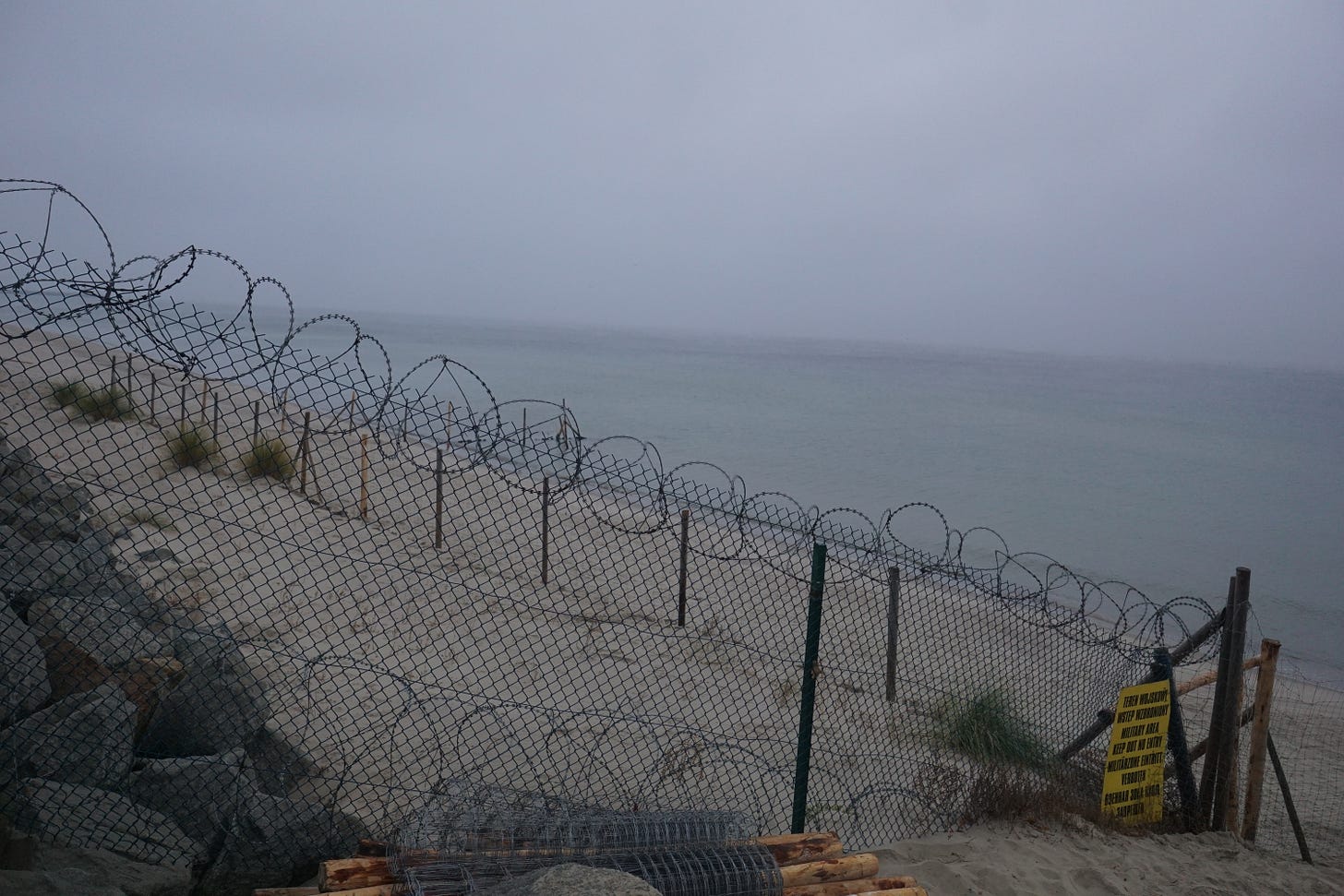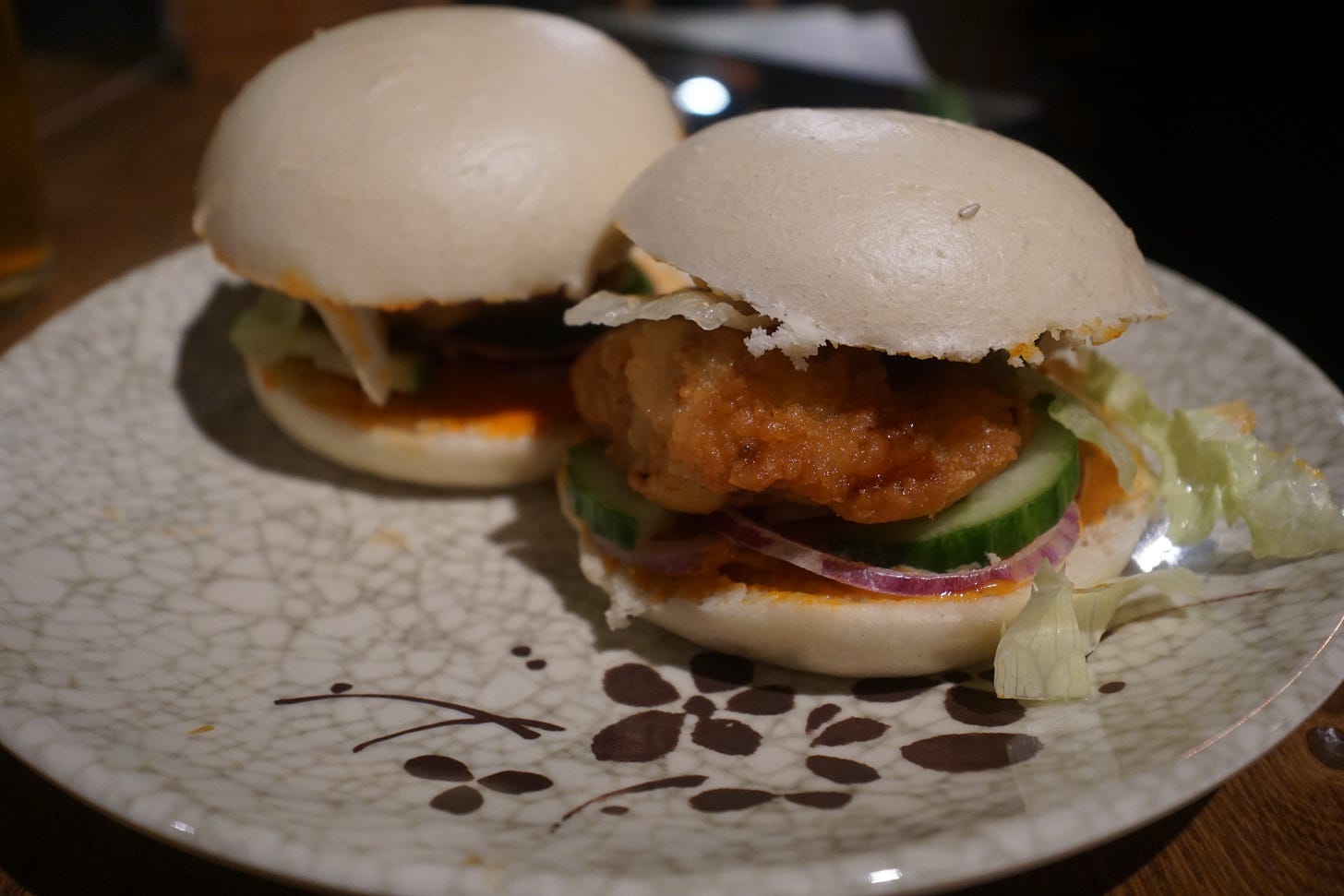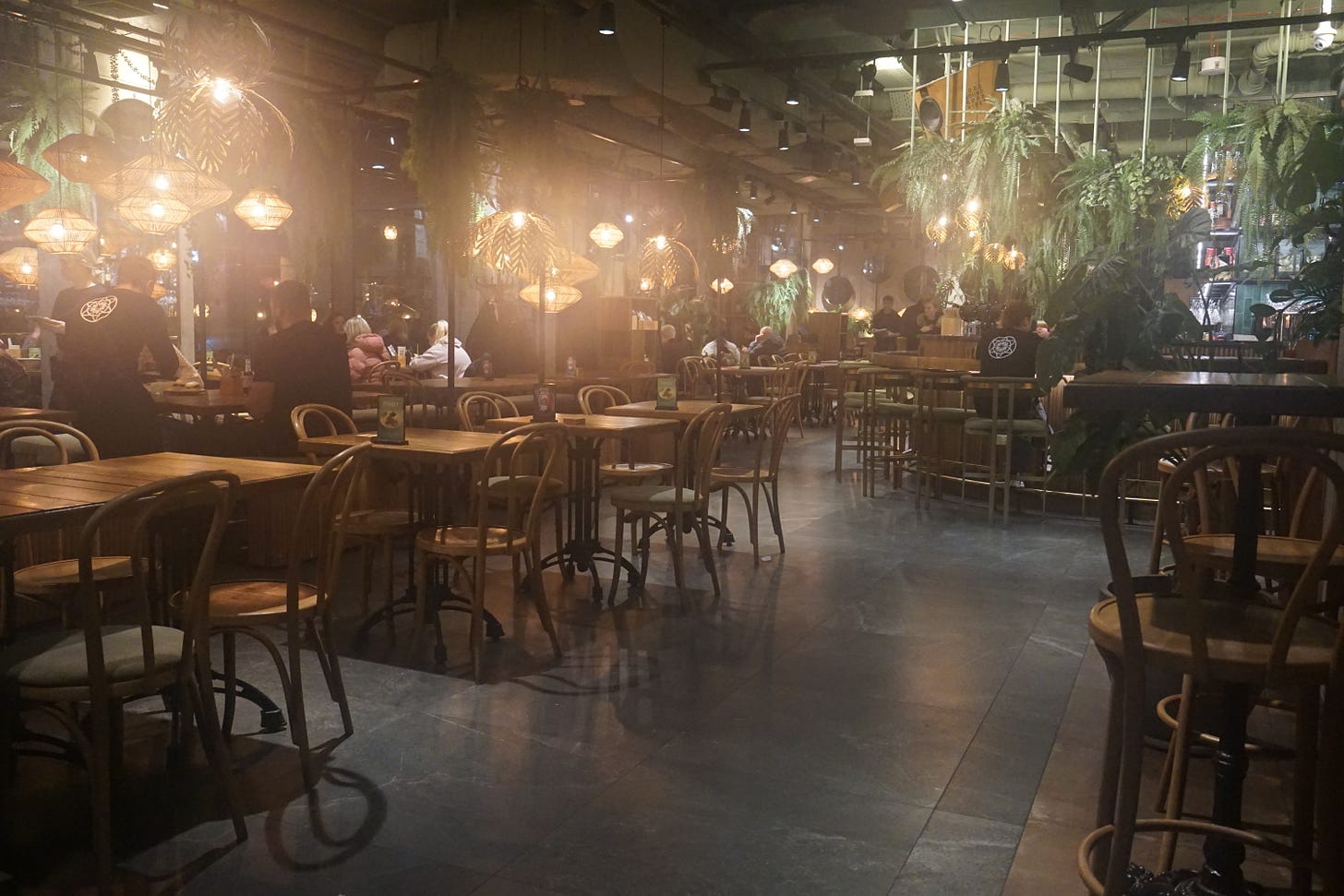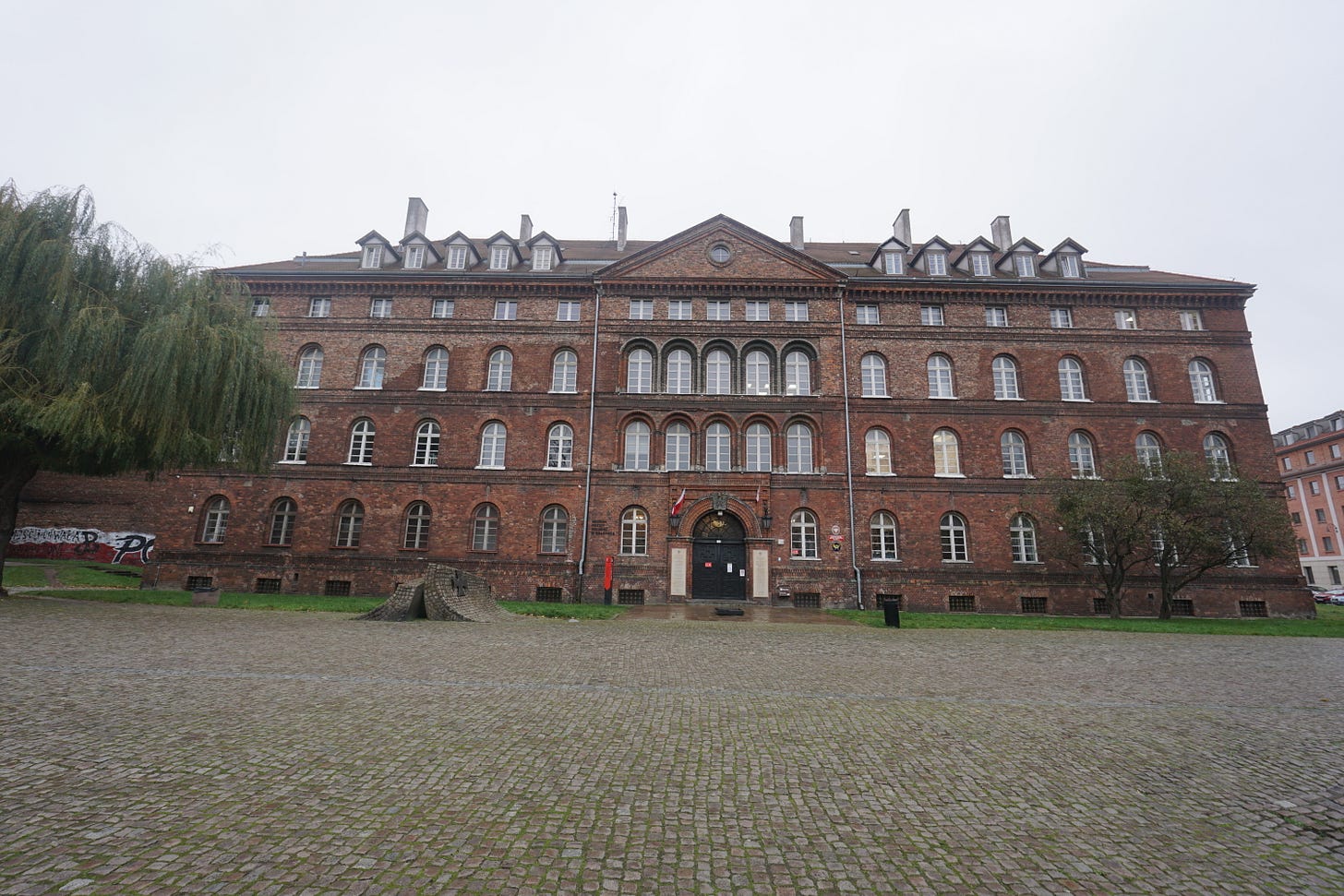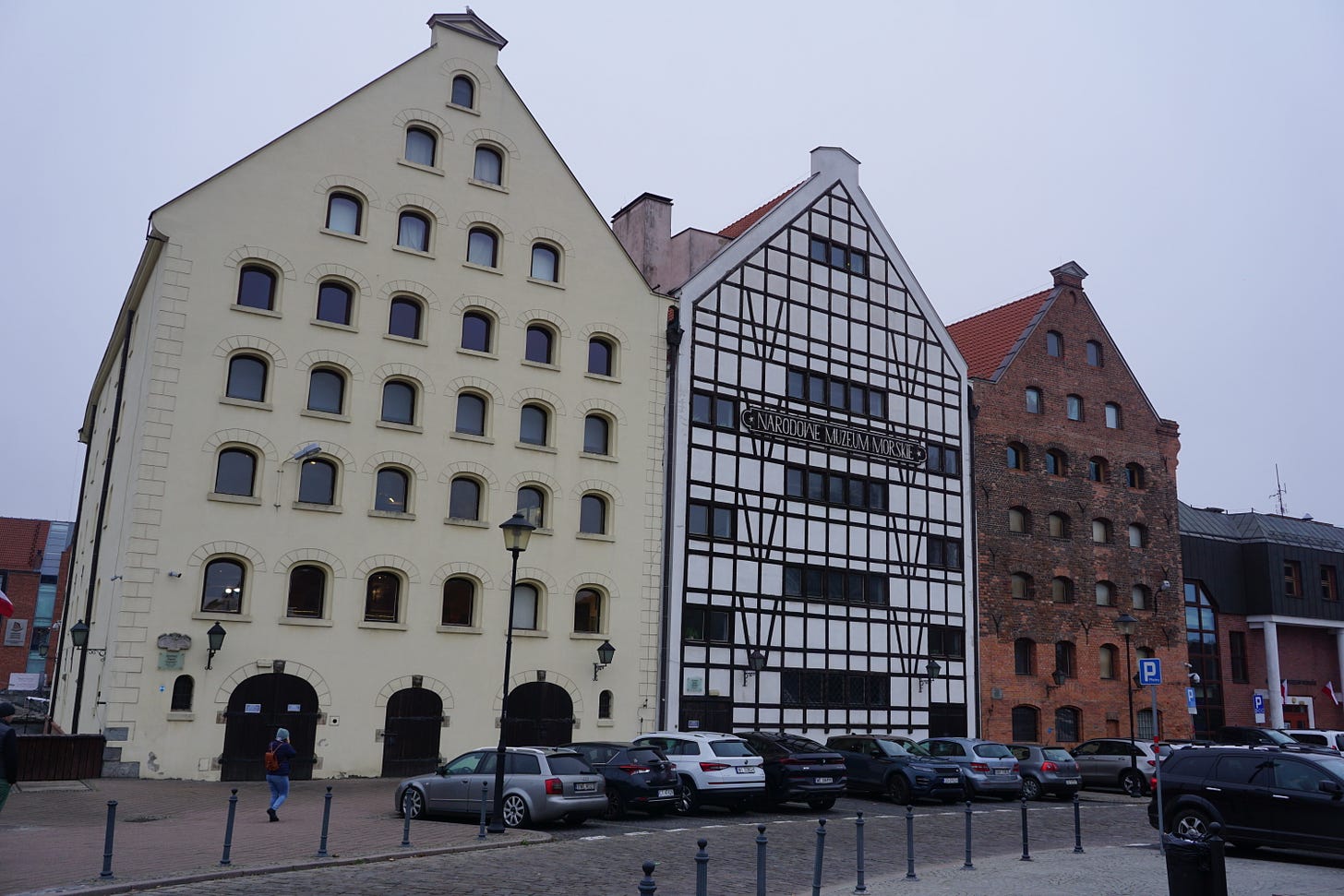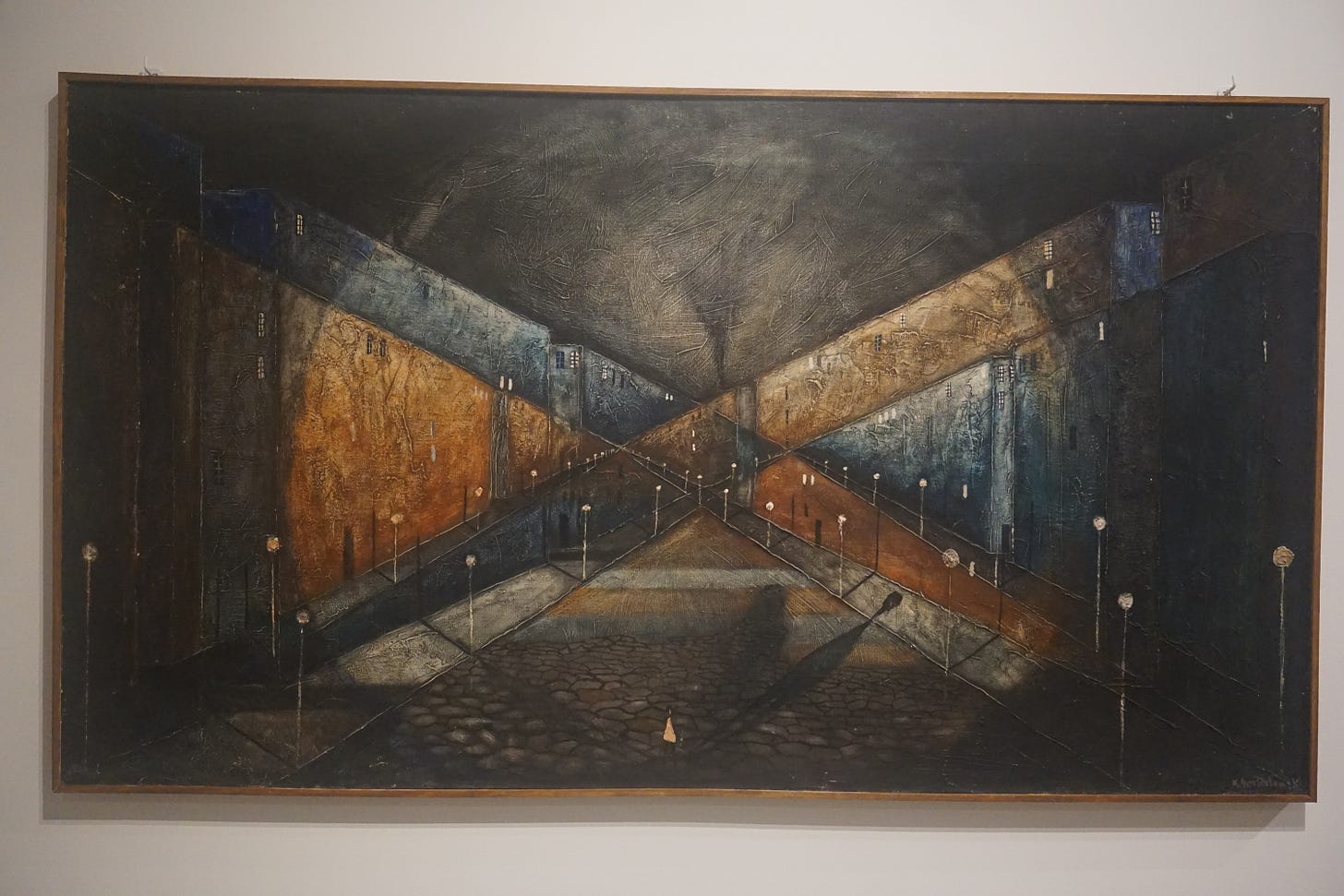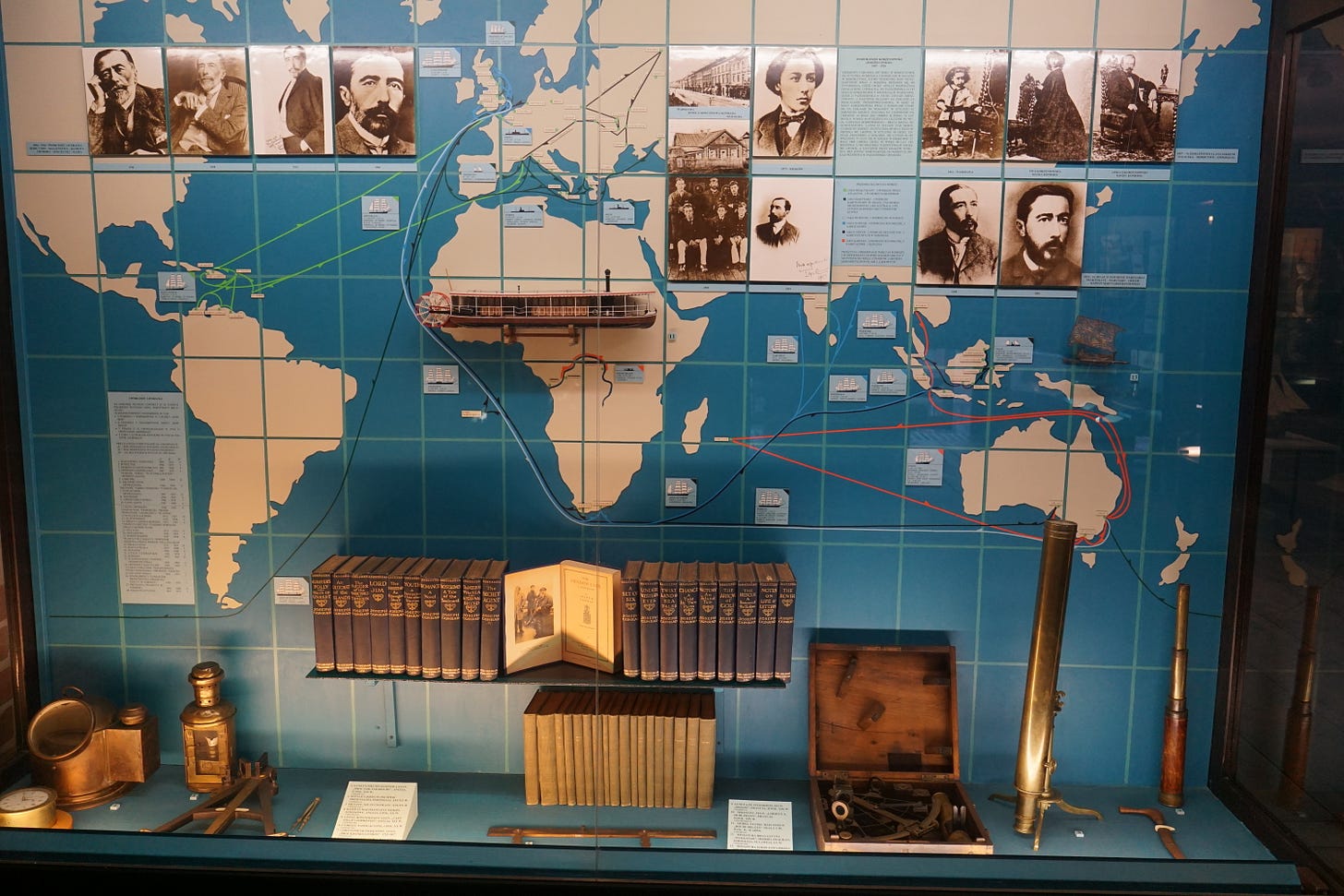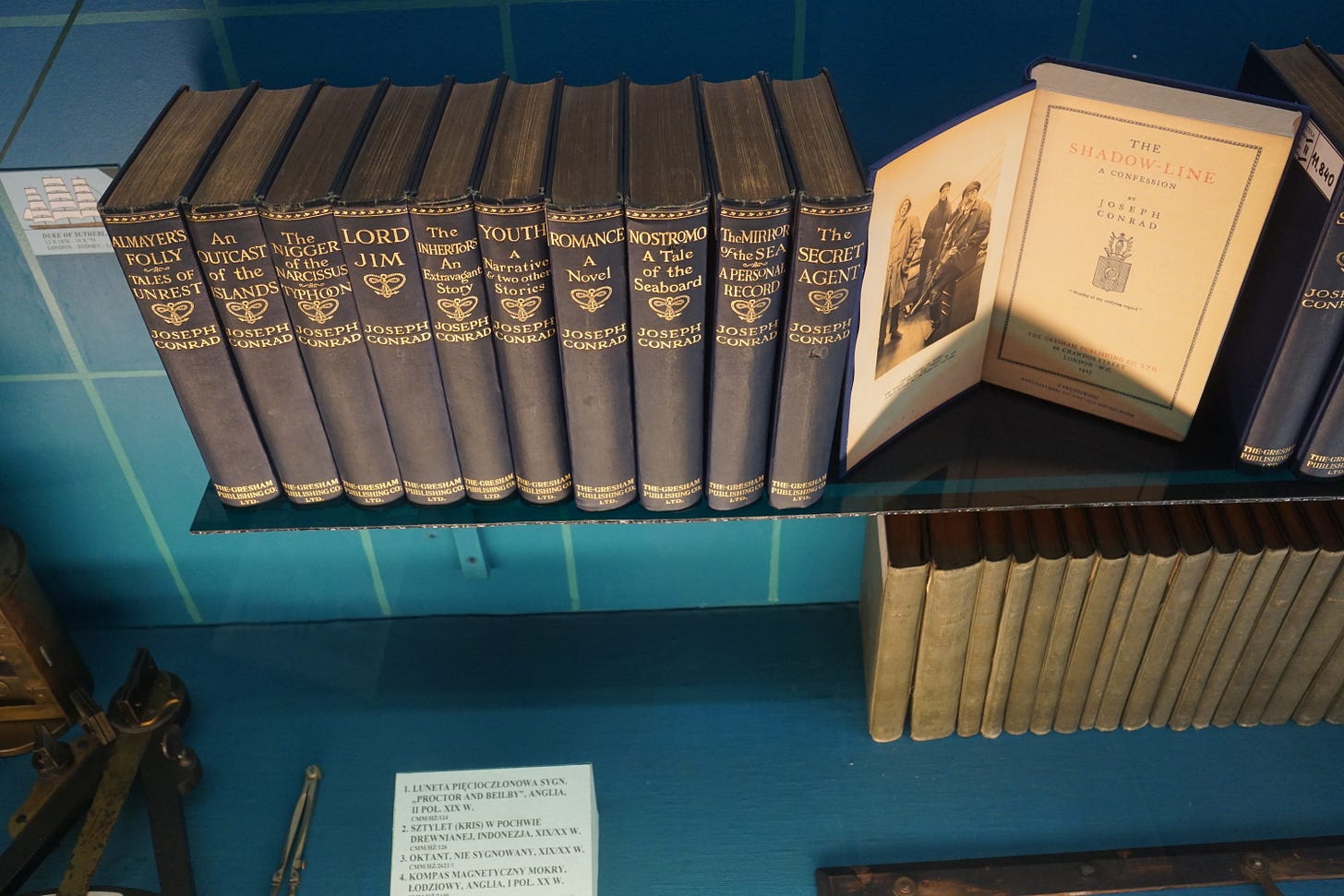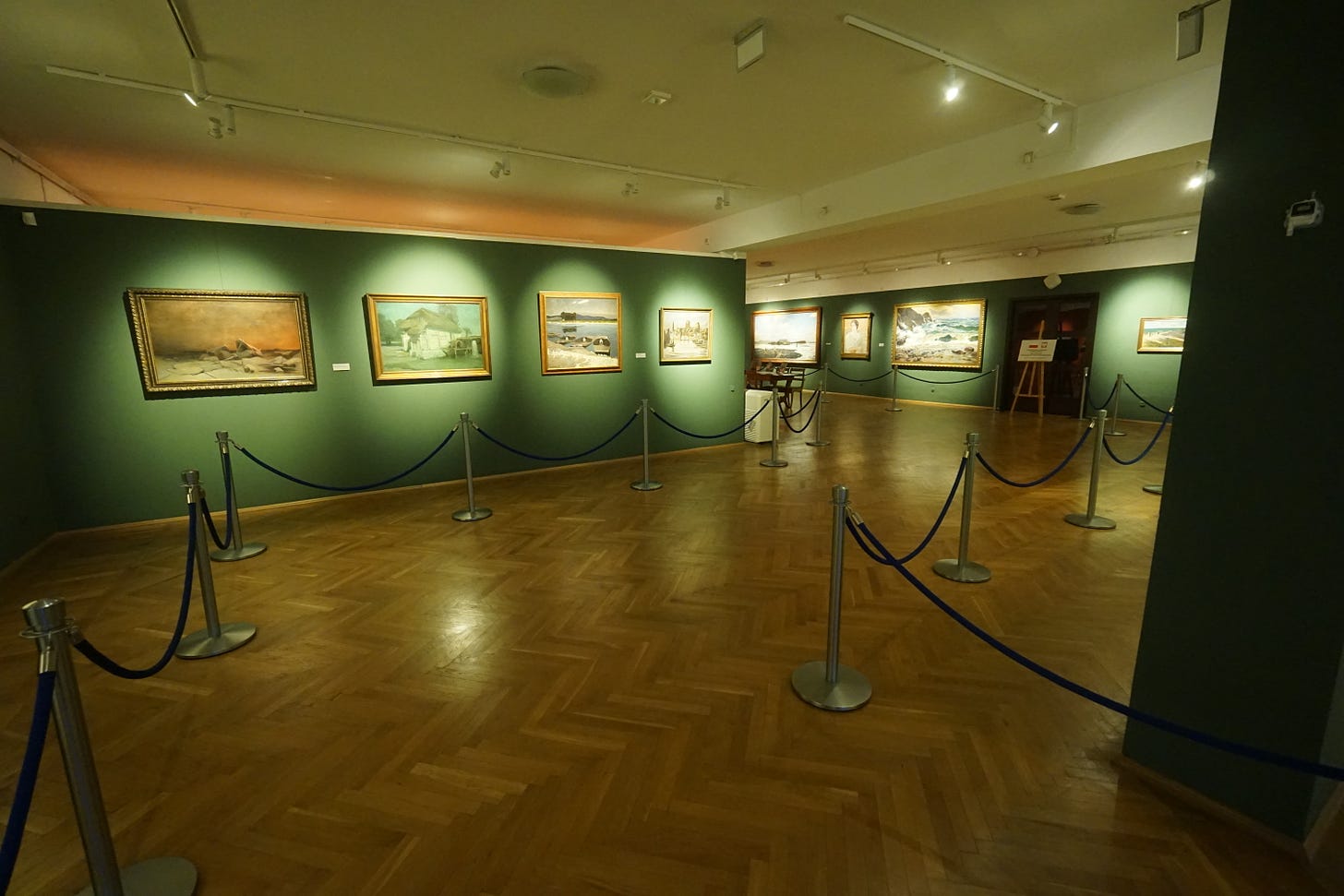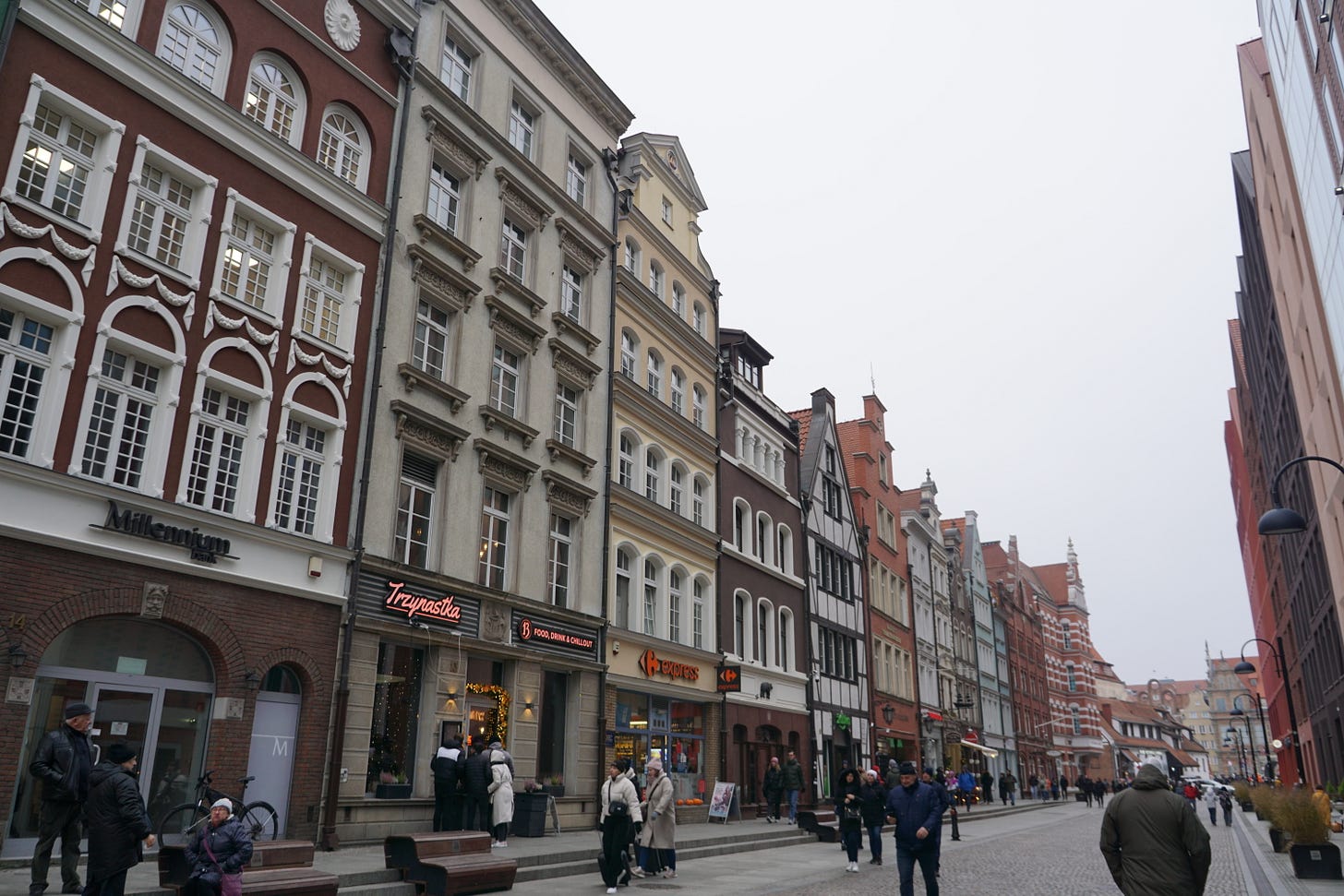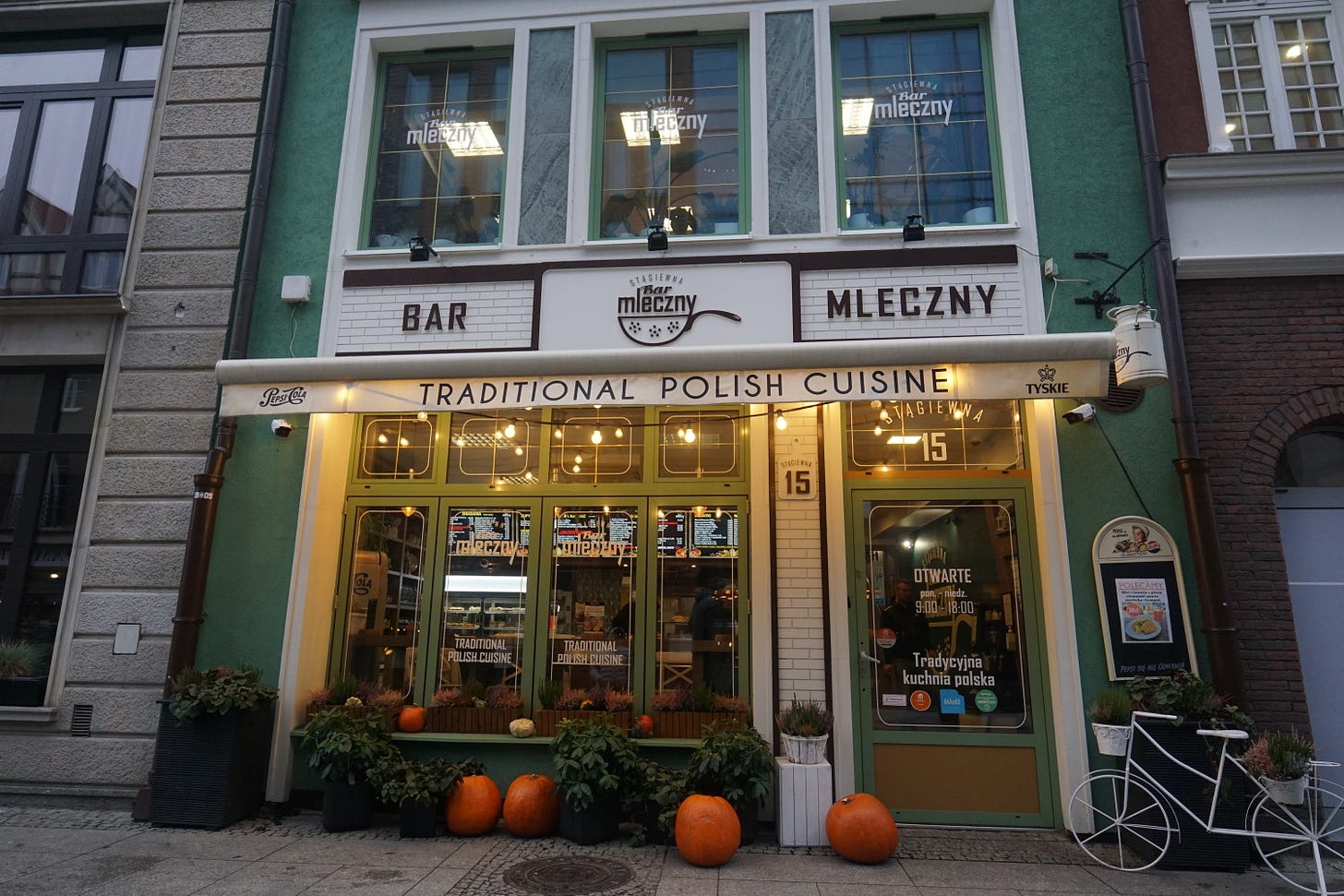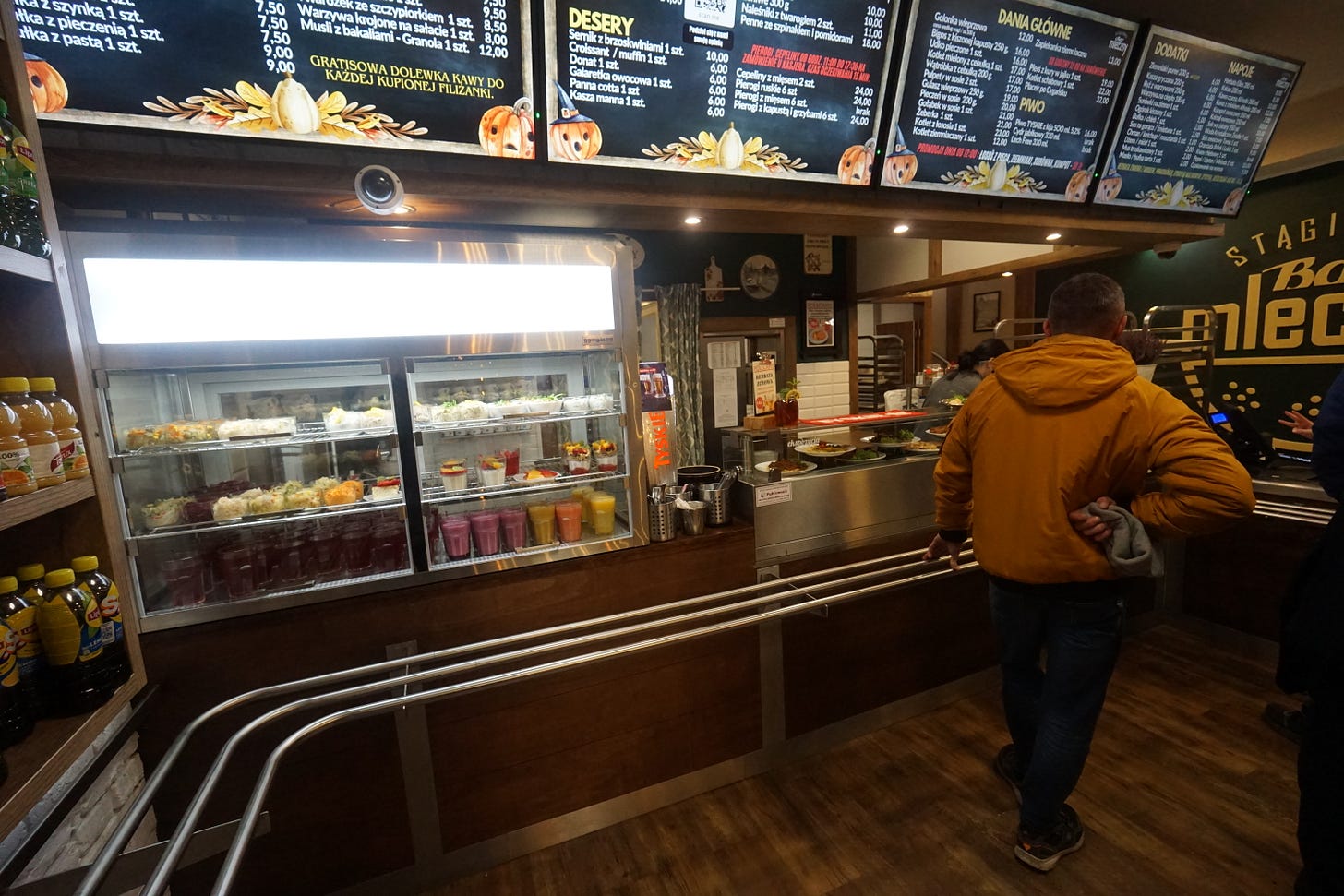Gdansk: milk bars, postal and maritime museums
Some time ago, I promised to tell you about Polish milk bars, or bar mleczny. We had our own version back in the day: as a kid, we’d go to the one in Dargaville, beside the picture theatre. It had tiny booths where we could sit and have cups of tea, milk shakes, cakes and, for my dad, peas, pie and (s)pud. They’d also sell a few grocery items, newspapers and (I think) ice creams. I have a vague, probably incorrect, memory of an after hours beer in there (dad, not me!). Apparently, the first such business was started in India, and then they took off in the UK as an alternative to pubs, pushed by the temperance movement (thanks Wikipedia).
Some might say that in Poland, they are a communist plot to feed the masses: they sell traditional Polish food and were subsidised during the communist era. Factories and work places didn’t always have canteens, so these places took on that role. Meat was not always available, so they’d have cheese cutlets - and other dairy based items. They actually came well before communism in Poland, with the first recorded by Wikipedia in 1896 - cheap, nourishing food in a poor country will always find a market, and they took off.
I went to one in Krakow, which I had trouble distinguishing from a regular café - what I ate and the vibe was very similar to my visit to a café the previous day. In Gdansk, I decide I’ll visit one close to my hostel on Independence Day - Bar Turystyczny has been around since 1956. All the food is laid out in metal bins, with a blackboard menu to one side and some pictures to illustrate the food. I have a chicken cutlet, mashed potatoes and mushroom sauce. It is good plain food, and quite tasty.
It is only later that I realise the appropriateness of what I do this afternoon: I catch a bus out to Westerplatte, a peninsular running up the side of the Vistula River, with quite a pointed end. There had been a resort here, back in the 1830’s but there is no trace of it now. It’s historical importance is rather more recent - on 1 September 1939, this is where the German Army invaded Poland, and started World War 2. It was thought that the Polish forces of the Polish Military Transit Depot would be a walkover, but they held out for a whole week of naval shelling and military assaults before succumbing.
At the moment, there isn’t much out there - a few markers, some display boards to tell the story and an old disused power station. The point is sealed off, in military use. Poland has plans, however - the power station is to be turned into a museum and there will also be a very large outdoor museum set up over the next couple of years. After I have read the display information and taken a photo of the Baltic, I am ready to return.
It is at this point I learn my mistake - after decades of working as a researcher, you’d think I might have paid some attention to the return timetable for the bus. Nope - there is no bus for more than two hours (the one I came out on is long gone), and it is 8 kilometres back. Google maps claims that I can catch a tram from nearby, so I set off following its directions, walking.
Remember I said that there’s a peninsular formed by the river - the tram is on the other side of the river. All Dr Googs has to say is “catch ferry”, with no information about when. As it happens, there is a timetable and I am there when a ferry is supposed to be, but there isn’t one. Well, there is, this one, but it is heading to Sweden. I am momentarily tempted to hop on.
It is a long, lonely walk back - even on the main road, there is little traffic, and the shortest way back is along a minor road beside the railway lines in a freight yard - there are at least 20 lines, but no trains, no movement. The other side of the road is not well developed - no real buildings, not much apparent use. For an hour, I see maybe two cars and one fellow ambling along the footpath. Oh, and it is dark and cold - around zero degrees.
I begin dreaming of the beer I will have when I return to civilisation, and the food I will eat - near the maritime museum, there’s an Asian Fusion restaurant called Woosabi which looked very nice, so I start salivating about crispy chicken bao and some sort of spicy noodle soup dish.
Sorry about the light pollution - it is actually a very nice environment, apart from this damn yappy little dog the size of a small cat, that is not on a leash, so insists on touring the restaurant, jumping on people (including me) and yapping the whole time. Every so often its human companion picks it up, but then gets chatting to her mates and forgets all about it.
It’s only when I get back to the hostel that I realise I never got back to the Granaries part of the maritime museum, and I am supposed to leave the next morning - easily fixed, I book in for another night. There’s another museum I’d love to see - the Post Office Museum
It’s not just about the post here - it is a history of Gdansk between the wars, ending at 4:45 a.m., 1 September 1939 when it came under attack from the Germans. Sadly, it is closed on Tuesdays, and I don’t want to stay another day.
The Granaries part of the Maritime Museum is really big - four floors over the three former grain stores.
It’s not that great as maritime museums go, however. There are a lot of marine related paintings - the top floor is devoted to them, as is the basement (to be fair, the ones down here are painted during the socialist realism period in Polish history, so they couldn’t be too interesting). I like these two: Drunken Sailor (look for him, by Konstanty Gorbatowski)) and Three Naked Boys (by Michal Antoni Leszczynski-Lester).
For the rest of the museum, there are lots of maps and models and a few artefacts of shipping life.
This is the closest they get to an actual boat: as i see it, I think of Six Months in a Leaky Boat - this one wouldn’t last six seconds!
The original maritime transport in Gdansk was rafting, in the 16th century.
Joseph Conrad is notoriously a Polish writer, although he was actually born and grew up in Ukraine, but in a part owned by Polish nobility, including his family. They did fight hard for Polish independence, and did move to Warsaw, and there’s no doubting Joseph’s connection to maritime life - he was chief mate on a clipper, a model of which is in the museum, along with a collection of his works.
And that’s pretty much all that really caught my eye - here are some travel posters, a general shot of one of the floors and another of the upstairs paintings.
Around the corner, is a cross street heading back towards my hostel. There’s another milk bar on it, so I try it out for lunch. It is a bit more modern looking than yesterday’s - I really have no idea whether it has recently been refurbished or is actually new. This area is heavily touristed, so the latter would not surprise me.
No gravy with the potatoes - I think I was supposed to ask for it - but there is beer! The coating on the chicken cutlet is interesting, very eggy.
Next up: more about Polish Independence Day.
Cheers!




